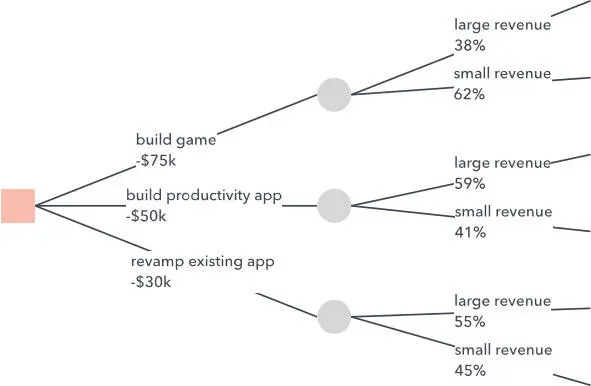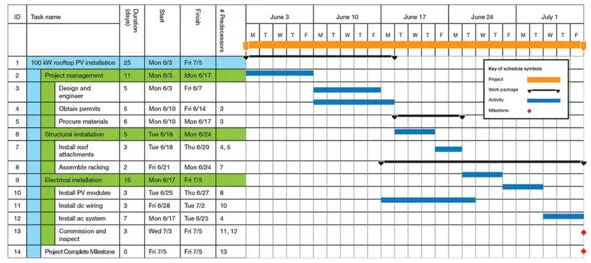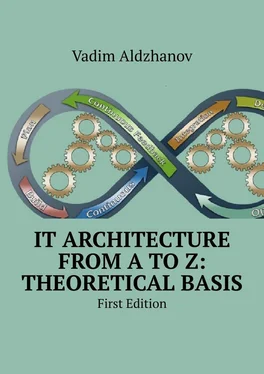• Procurement planning,
• Procurement,
• Procurement management,
• Procurement closure.
Project Stakeholder Management
Managing project stakeholder’s expectations is understood as communication between the project team and stakeholders, as well as work aimed at meeting their needs and solving emerging problems that may entail changes in the project. Property building up relationships between all stakeholders on a project allows the project manager to increase the likelihood of success.
PROJECT MANAGEMENT METHODS AND TECHNIQUES
The PMI methodology describes various tools and techniques, the practical application of which allows the project manager to increase the efficiency of project execution, anticipate risks, calculate optimal project routes, assess the situation sensibly and make the right decision from the start, etc. These tools and techniques exist on their own and have long been used in various areas of human activity. The following is a list of basic methods and techniques applicable to specific processes.
Decision Tree Analysis is a method describing decision making by considering alternatives and the consequences of their choice. This method is used if predicted scenarios and results of actions are probabilistic. Decision Tree Analysis is displayed as a chart and reflects the probabilities and magnitudes of costs, the benefits of each logical chain of events and future decisions, and uses an analysis of the expected monetary value to determine the relative cost of alternative actions.

Diagram: “Decision Tree Analysis”
When forming a tree, the following four types of graphic symbols are used:
• Squares – decision places.
• Circles – the places where the outcomes appear.
• Dotted lines – possible solutions.
• Triangles or straight lines – possible outcomes.
Expected Monetary Value (EMV) for each alternative should be estimated. It mostly consists of the sums of the winnings estimates to be multiplied by the likelihood of the winnings realization, for all possible options.
Strengths Weakness Opportunities Threats (SWOT) Analysis is a method for evaluating the internal and external factors affecting the development of a company. It will help assess the strengths and weaknesses of your business, find new opportunities and identify possible threats. SWOT analysis divides the influence factors into four categories, identifying company’s strengths, weaknesses, opportunities and threats:
•S-strengths (the sale of goods directly to the buyer, the profit is greater than that of competitors, customer service is the best on the market, etc.);
•W-weaknesses (insufficient partners, ineffective advertising, small target audience);
•O-opportunities (potential customers will find out everything they need about your product from the Internet, purchases are made 24 hours a day, regardless of whether you work or not);
•T-threats (your competitors’ brand is better known in the market, the quality of products offered by competitors is higher).
SWOT analysis is often used in strategic planning. It can start any action of the company, such as the study of new initiatives, new development strategies, and possible changes. Internal factors are strengths and weaknesses relating to internal factors, which can be easily evaluated:
• Financial resources (financing, income opportunities);
• Physical resources (your equipment, buildings, location);
• HR (employees, sometimes volunteers, target audience);
• Access to natural resources, copyrights, patents;
• Current processes (all events taking place in the company, motivational programs, training programs, a system of departmental hierarchy, etc.)
Answer the following questions in order to find the strengths of your business:
• What are the benefits of your business?
• What are you doing better than everyone else is?
• What are your strengths seen by your customers?
• What is your Unique Selling Proposition (USP)?
• How can you increase your profits?
Consider your strengths from your point of view and from your clients’ point of view. Assess your strengths relative to competitors. External factors – the influence of external circumstances on each organization and individual person is very strong. External factors are, as a rule, the circumstances that cannot be controlled by you and your company:
• Market trends (new products, technologies, changes in the needs of the target audience);
• Economic trends (local, national, international financial areas);
•Financing (donations, government influence, taxes, etc.);
• Demographic information (age, gender, race, nationality, cultural values of the target audience);
• Relations with suppliers and partners;
• The political, environmental, economic situation in the country.
Program Evaluation and Review Technique (PERT)
The Program Evaluation Review Technique (PERT) method is often used in project management and production analysis. The PERT method is a tool that calculates the expected duration of the project or an individual process. When managing projects, the PERT method usually used in conjunction with the critical path method Critical Path Method (CPM).
The PERT method and the critical path method are fundamentally different in their application area. The critical path method is used to estimate the completion time of the entire project or groups of interrelated tasks, while the PERT method is used to estimate the duration of individual tasks. The very idea of the method is extremely simple, i.e. in order to estimate the time it takes to complete a task or process, one needs to know the optimistic, pessimistic, and most likely estimate of the duration of this task. The PERT formula is:

Picture of « Critical path method”
O – optimistic estimate of the task duration,
M – the most likely estimate of the duration of the task,
P – pessimistic estimate of the problem duration.

Picture of “PERT Chart”
This equation is nothing more than a weighted average, where the most likely estimate of the duration is 4 times greater than the optimistic and pessimistic estimates. This approach prevents too much bias in one direction.
A Gantt Chart is a popular type of bar charts (histograms), used to illustrate the plan, schedule of work on a project. It is one of the project planning methods and used in project management applications. Currently, the Gantt chart is the de facto standard in the theory and practice of project management, at least to display the structure of the list of works on the project.

“Gantt chart” diagram
A Gantt chart is a segment placed on a horizontal time scale. Each segment corresponds to a separate project, task or subtask. Projects, tasks and subtasks that make up the plan are placed vertically.
Читать дальше
















